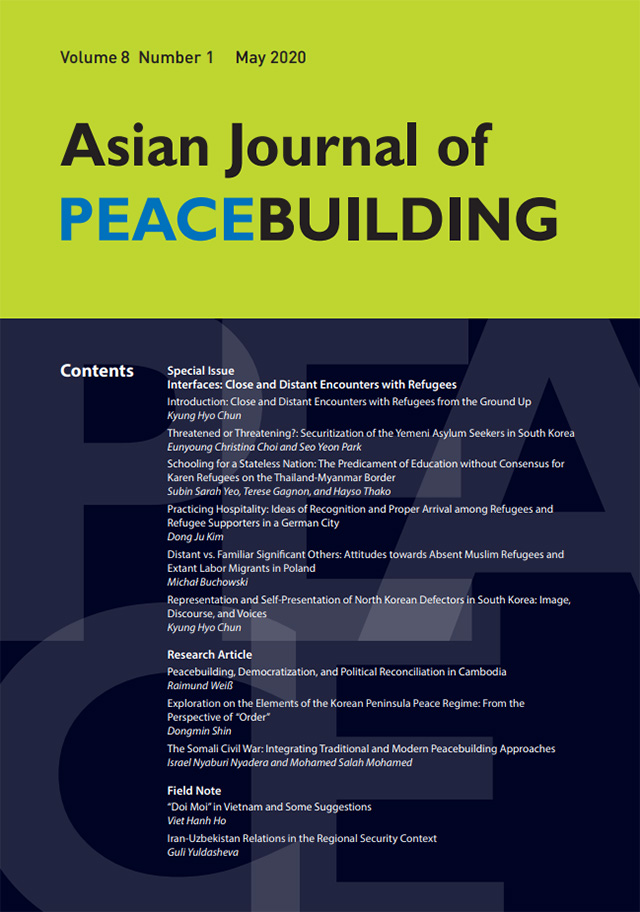The definition of refugee status and the right to seek asylum is based on international law and the Universal Declaration of Human Rights. After the 1967 Protocol Relating to the Statues of Refugees removed the geographic and temporal restrictions of the 1951 United Nations Refugee Convention, these international conventions have been widely accepted and ratified by 147 countries(as of September 2019). While the principles were established half a century ago,the actual practice of granting refugee status has shown variability in different parts of the world, with continuous changes and transformations. Although transfigurations in the political conjuncture and changes in the implementation of international law—as well as alternating policy trends in international politics—represent significant contexts and undercurrents for migration and refugee studies, there are social practices which cannot be sufficiently comprehended exclusively with static insights on laws, rules, or principles.
Back Issues
Special Issue: Interfaces: Close and Distant Encounters with Refugees
Introduction: Close and Distant Encounters with Refugees from the Ground Up
Kyung Hyo Chun pp. 1-4
PDF Download

